We've discovered and eradicated many different kinds of diseases. We've increased our ability to live and to be healthy. We've learned how to manipulate the elements and even to break apart the basic building blocks of matter. We've built devices made out of components so tiny that they can't be perceived by normal human sight. We've built structures so massive that they are visible from outer space. We've even learned to send communications and objects beyond our solar system. We have accomplished so much.
 |
| paulownia leaves |
Without these advances in manufacturing and transportation, we wouldn't have many of the things that we have today. Without all the industrial activity, we wouldn't have hospitals and medicine. We wouldn't have clothes and food. We need the energy that is contained in these fossil fuel sources, at least until we develop and implement some sustainable alternatives.
Available energy means populations can grow. Without energy, water doesn't get purified, fields don't get fertilized and food and other goods don't get transported. Industrial attitudes and processes are based on an availability of near limitless energy. There is never going to be enough energy. Eventually, the cost of obtaining more fossil fuels from the ground is going to increase beyond feasibility. This is a good thing because it motivates our engineers and leaders to develop the types of energy systems that we need. We need energy sources that will clean up the environment while producing the energy that we require.
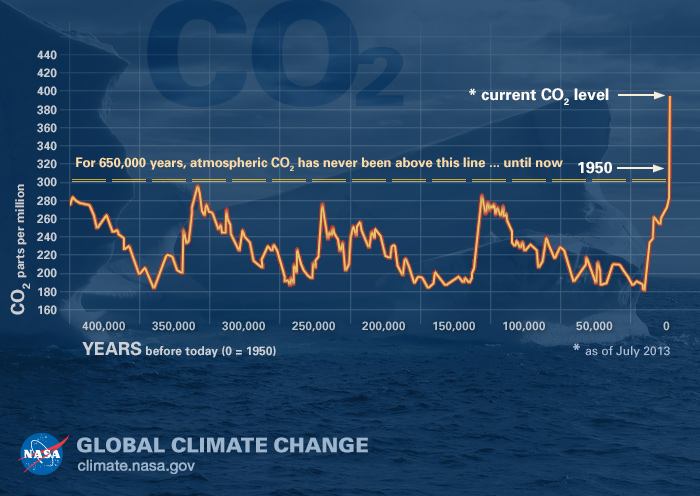 |
| Atmospheric CO2 levels |
Mesozoic Age
Explaining what happened to the rainforests that covered the earth during this period involves a lot of detective work, comparing fossil records from around the world and measuring tiny bubbles of air in cores of ice drawn from glaciers or from the north or south pole. Still, it's a science that tells us so much about the history of the earth and what we can expect as humans, over the next hundreds and thousands and millions of years here on earth.What we know is that the rainforests and swamps collapsed, decayed and were eventually covered over. The atmosphere on the earth changed from warm and humid, to cold and dry. The entire earth changed from a giant rainforest to a planet covered with ice and deserts and the total living biomass on the planet decreased significantly. This may have occurred over years, or over centuries. We're always learning about the past and how it applies to our future.
All of our fossil fuels were developed from these kinds of events, where large quantities of biomass were killed off by environmental changes or some cataclysmic event, and then covered over somehow, so that the decaying material retained carbon in forms with energy potential, like methane gas or other hydrocarbons.
 |
| Moringa Oleifera Density Experiment |
.svg/676px-World_population_(UN).svg.png) |
| wikipedia |
Organizations like "Trees for Life" are growing and using available resources to share tropical crops like moringa oleifera with local farmers, who then are able to generate necessary nutrition for the local populations. People are learning how to grow edible algae, like spirulina, which is able to generate an intense quantity of high-quality edible biomass in a small volume of space.
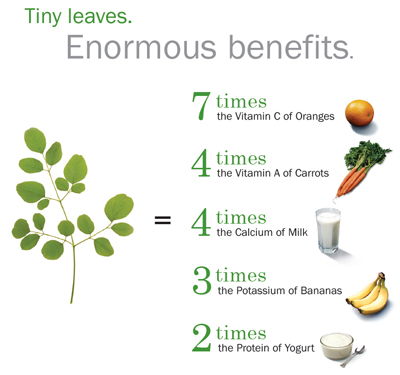 |
| By Trees for Life |
Agricultural technology is evolving around the world as well as these populations of people figure out how to get the production levels that they require in order to survive.
Traditional grains are gaining importance as people rediscover the new traits that have been bred into them, usually by traditional plant breeding techniques, rather then by genetic modification in a laboratory. This is a kind of broad statement to make, but I know it to be true. Strains that have travelled the world and who have picked up exciting new traits through the efforts of plant breeders in other parts of the world are being grown and shared/sold locally to increase the production of successful plants and the availability of food in different areas.
Industrial Fertilizer
Previously, information that was scarce, and difficult to get has become plentiful and easily accessed. Farmers in impoverished nations had soil that was deficient in important minerals, like zinc or calcium, which are cheap, and that have a significant effect on the productivity of the soil. These farmers saw declining output and had no idea why.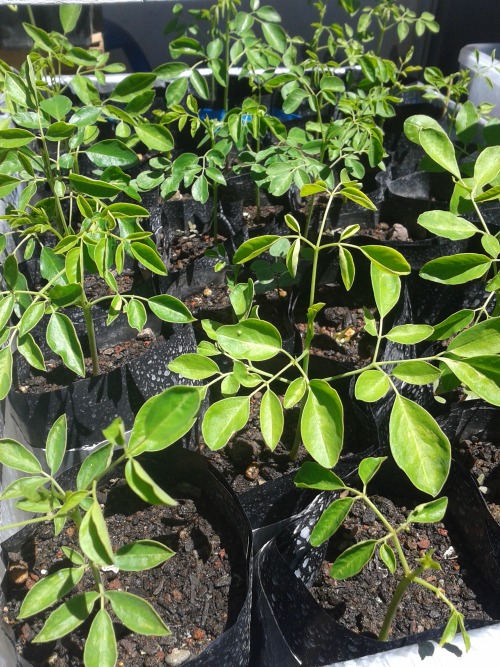 |
| moringa cultivation |
Impoverished farmers with depleted soils began to try all different kinds of things to increase their output. They dumped rotting milk and all kinds of other garbage into the soil, as fertilizer, just to see if it would work. They learned from other farmers in other parts of the world, and as the information travelled through these communities, they learned to figure out exactly what was going on with their soil and they simultaneously gained access to resources like mineral zinc, direct from suppliers, so these farmers were able to increase their productivity in sustainable ways at a price that they could afford.
Soil Tests
Soil tests have continuously cheaper and more accurate over the last several decades. That is a trend that I expect will continue as these tests become more available to farmers in rural and impoverished areas. It is possible to have vehicles travelling through the country side with testing equipment, testing soil and issuing accurate fertilization information for the farmers. Intelligent fertilizer companies benefit from this kind of activity because they are able to sell more product and the accuracy of their product ensures maximum customer retention. |
| paulownia leaf |
A deficiency in zinc, for instance, might be supplemented for $2 an acre (US Dollars), with an increase in productivity that would double or triple the farmers previous output and the quality of their products could double or triple as well. A millet crop that was barely useful as livestock fodder before accurate fertilization would now be a high-value/quality crop. Accurate fertilization not only decreases waste and improves output, it also reduces risk of environmental damage from mass over-fertilization by ignorant, uninformed farmers without the proper tools to perform their task properly.
People like Bill Gates are supporting real organizations that support and connect these farmers. As the farmers learn to get the most out of their soil, prosperity is springing up all around them, with all the other necessary things to support a local healthy agricultural economy. Local agricultural organizations are springing up in communities, with global funding to consider local agriculture, and to ensure intelligent progress and safety.
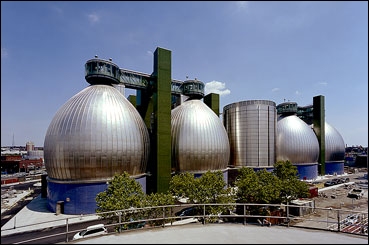 |
| New York City Environmental Protection Unit |
Carbon rich compost type products are necessarily a locally produced item since transportation costs are so prohibitive and biological certification would be required for moving the stuff in some instances. For instance, cow manure, that costs thousands of dollars per ton to move around only has an actual physical value of $40 per ton. Once the odor problem has been neutralized, that manure turns into excellent, locally available fertilizer. It's not going to get shipped across the state, like potassium nitrate would, it's just getting driven down the street and then spread all over the fields. Chicken manure that would have been considered an environmental hazard before can now be converted into an excellent non-burning, odor-free fertilizer in two weeks with appropriate enzymatic treatment.
Composting is the way of the future
The point of this book is that sustainable farming is magic, and compost is the pivotal element. All that waste compost is returned to the soil, building soil fertility and improving the rhizosphere's capability to process intelligently applied chemical fertilizers. It's excellent stuff. There's a lot of good news out there, and compost is at the point, turning garbage and food waste into healthy, productive soil.Restaurants and supermarkets produce tons of valuable food waste every day. That waste can be cleanly and safely turned into compost with a little effort and a few gallons of cultured agricultural molasses, which then becomes a valuable agricultural product. Declining soil productivity is a thing of the past in places where industrial composting has been implemented. Agricultural activity in these areas would be expected to increase and the quality of the local output would increase as well.
 |
| finished bokashi compost |
Once garbage dumps don't have mountains of nasty food waste to deal with, the garbage becomes light and plasticy. It's also cleaner and easier to process into waste plastic products, so that it's possible to imagine major cities without any garbage output at all. The biological activity in those cities being channelled into improving the agricultural land around the city and all the waste intelligently managed into re-use, or non-existence.
Green Cities
Cities that sustainably process their garbage will gain access to all kinds of benefits, including soil that is constantly improving and producing better, more delicious food. I believe that the atmosphere around these cities will also be 'softer', regardless of the density of population that they endure, both in terms of atmospheric moisture, and in the general disposition of it's inhabitants.Compost isn't a fertilizer in the same way that chemicals are a fertilizer. Compost is a soil builder. It builds stronger soil. It makes soil more capable of absorbing water when it rains. Compost improves the biological health of soil. Compost helps roots grow deeper into the ground. Compost even helps the micro-organisms in the soil to process additional nitrogen, when applied intelligently, making it more available for roots to absorb and grow.
In nature, it takes thousands of years to build a healthy, strong topsoil. It's amazing that a well-tuned composting system can cover a field with healthy, rich compost that increases in productivity and quality in under a year. In a healthy field, alfalfa grows so thick, that you can't get your foot on dirt, and it just keeps getting healthier, year after year, producing more and more protein, for livestock production, or human consumption.
Animals that are well fed are healthier, stronger, more productive and less prone to disease. A weak populations of animals can be killed by a single outbreak of even minor bacterial or viral infections, while a strong group of animals rarely shows any signs at all of infection, because their immune systems are battling off the pathogenic organisms as they pass through the herd.
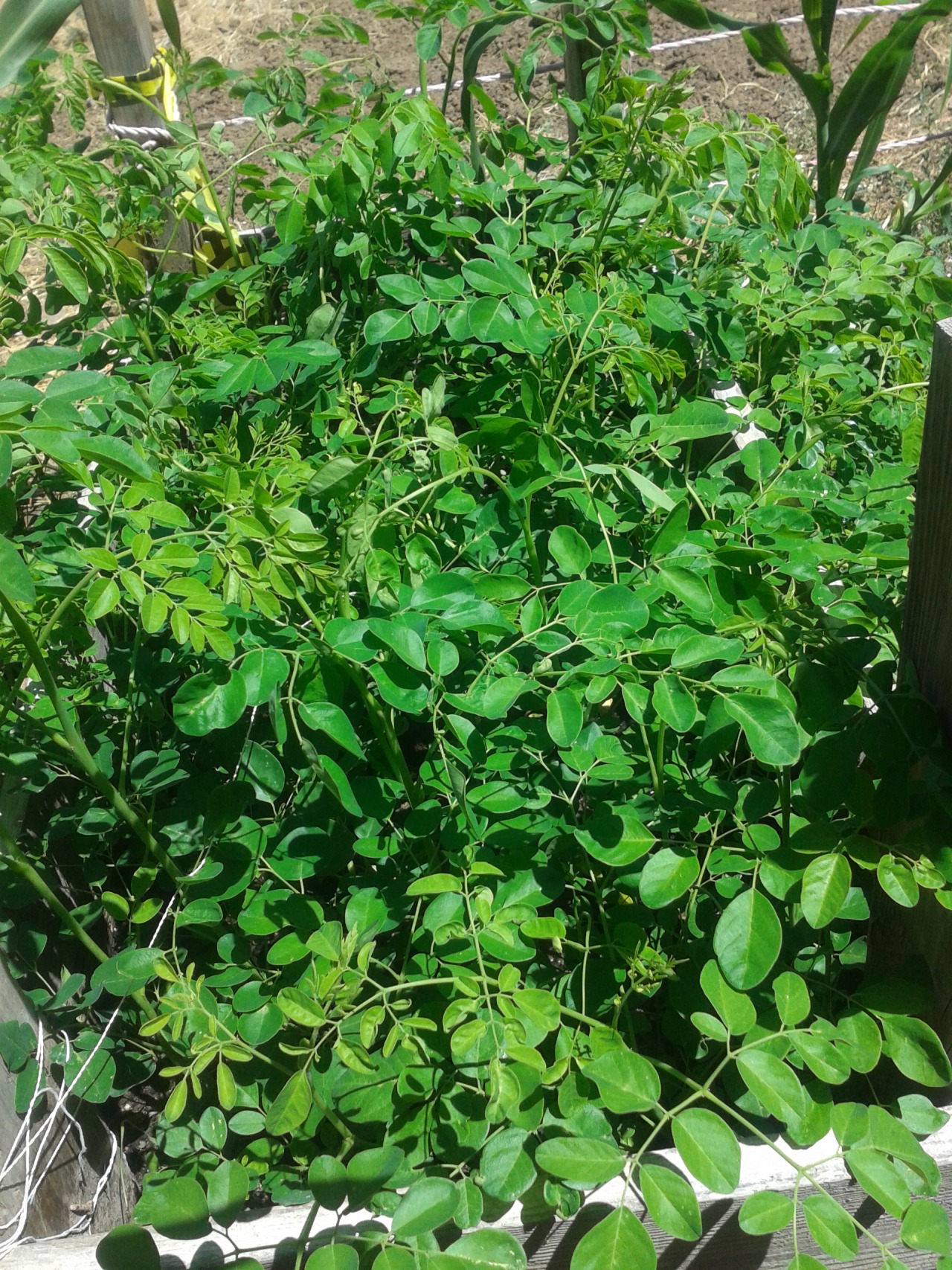 |
| moringa density experiment |
Growth Event
A growth event is on the way. All the signs are pointing that way. Earth's CO2 levels are way beyond safe levels, and the most direct way to return those levels to normal is to grow more stuff. Growing stuff captures CO2. An environment without large quantities of free CO2 floating around is going to regain stability.It may be possible to capture the CO2 chemically. I am an agriculturalist, so I lean towards agricultural solutions, but it may be possible to chemically absorb tons of CO2 from the atmosphere through some chemical reaction. Chemicals do work in all kinds of different ways, and I barely passed chemistry in college. I read biological chemistry textbooks, and it makes basic sense to me, but the point is that I'm definitely not a chemist. I barely understand electron valence shells, so there is much in chemistry that is beyond my comprehension, but I do know that chemical processes that capture carbon are likely to be chemically expensive, while biological processes are beneficial in many ways and use free sunlight as their energy source.
 |
| Rice Bran Oil w/ %20 broad spectrum tocopherols |
I know that growing trees captures carbon, in the form of wood fibers, which is useful for many things. All the things made out of wood, or paper are then compost-able, so that they return to the soil and help to grow more trees. It's a perfect system. Well-composted soil is so rich and beautiful.
I believe that a well-engineered system is capable of producing paper products with a profitable energy equation. Such a system would be sucking the CO2 out of the atmosphere by the normal every day actions of the systems that support it. In such a system, it would almost be desire-able to purchase food and paper products just so they could be composted, because the composting of those products would ensure that residents in that area would have increased availability of locally produced organic food.
 |
| red clover production |
Bokashi Composting
Bokashi composting is the controlled anaerobic fermentation of wastes before aerobic decomposition takes place. The entire anaerobic portion of the decomposition is completed in around two weeks. That is amazing to me. Traditional compost takes months and months to generate beautiful black compost, but this method makes a perfect product in just a few weeks, from any kind of biological waste. It's not restricted at all. If something is biodegradable, then this system breaks it down in two weeks, end of story.Traditional composting isn't able to handle many kinds of bio-waste. It's also a messy, stinky operation, so that people don't want to live near it, nor do they want to work around it. Working with bokashi compost isn't completely odor-free, but it is much safer and cleaner then working in a traditional composting operation. The odors generated by bokashi composting are generally good odors, similar to what you would find on an organic farm or that result from fermenting apple cider, rather then the rancid, sour kinds of odors that result from uncontrolled biological growth.
 |
| rice bran |
It is important to all of us that we generate biodegradable products with efficient energy use and limited CO2 production and that we dispose of them properly. As we adapt to using these technologies, we will not only reduce contamination and destruction of useful farmland, we will gain the ability to clean up the problems of the past in useful and profitable ways.
Algae Production
Algae is another excellent way to produce tons of useful biomass. Farmers around the world are learning to grow and use algae for agricultural purposes and it's pretty cool when you see the potential. Scientific communities are producing all kinds of new ways to use algae to produce products, and algae consumes CO2 very similarly to the way that trees do. Algae can be produced organically, using agricultural wastes as a feedstock. Agricultural algae has a higher nitrogen density then many chemical fertilizers and it is completely non-burning to the roots, while contributing to the health of the rhizosphere. |
| spirulina algae culture |
I expect that production of products using bio-plastics from algae is over 1,000 times more water efficient then production from corn. That is just a wild guess.
Algae produces 2.5 tons of bio-matter per acre per month, whereas alfalfa on the same land would only produce 11 tons of edible biomass in an entire year. Algae is also %60 protein, where alfalfa is only 12-15% protein. Algae can be used as a livestock supplement, increasing the over-all nutrient availability in livestock diets, so that lower quality feedstocks can be used while obtaining an increase in quality. As agricultural algae production increases, this will result in lowered feeding costs as lower quality grasses and hay become more available.
Algae production uses some building materials, but the real cost is the chemical inputs. Being able to use agricultural wastes for algae production instead of chemical fertilizers is an excellent opportunity. Controlled decomposition of agricultural wastes is able to make nutrients required for algae production at a fraction of the cost of chemical inputs. Sustainable methods exist for producing algae cheaply and cleanly for agricultural uses and it's an exciting field that I expect will grow in importance.
Sustainable Bacteria Control
In modern agriculture, bacteria, fungus and insects are a major concern. Any banana, from ecuador or some other tropical country, could have a single fruit fly egg on it from some especially noxious strain, capable of multiplying and causing serious economic damage in America. It's possible. Things of that nature are scary and possible in a system where food garbage is just dumped into a pile somewhere and left to fester. Environments where uncontrolled anaerobic bacterial growth is actually encouraged are likely to produce all kinds of interesting "situations". It's scary to think about all the different kinds of biological waste that are all dumped into garbage dumps and left to fester and rot without controlled biological inputs. |
| compost in soil |
Thankfully, there is a biological "crime fighter" available for just such a situation and it's name is Agricultural Lactic Acid Bacteria (ALAB). Strains of ALAB are capable of crowding out the "bad" organisms and producing an environment that is full of safe bacterias and yeasts.
The possibility of some pathogenic organism multiplying and escaping into the environment is greatly reduced when all the freely-available chemical energy has been consumed and replaced by lactic acid. Insect eggs, bacteria, fungii and even thick coated seeds are pickled by the process, producing an environment where they are not capable of surviving. Even human excrement is capable of being safely processed in this manner.
Black Compost
The output of gasification, either bio-logical, or by the traditional, self-heating method is an excellent feedstock for a composting operation. Wood gas production produces carbon black, which is either a horrible pollutant and a potentially destructive nuisance to deal with, or the absolute best compost element that can be produced. It physically has miles of square surface area on a single gram of the material. When the living biological components of the system are correct, the benefits to agriculture are the difference between gradually declining agricultural output or generally increasing agricultural capacity and quality.Another excellent possibility is to pave the planet. Pave it with life. Natural habitats exist for animals and plants around the world, and we can harmonize with their natural systems. Life will continue to exist on this planet, regardless of what happens to the humans. Salts can be drawn out of the soil, naturally, without extensive negative consequences. Water can be drawn up from the ground practically anywhere in the world, and the possibilities are limitless. At the same time, if we don't use our resources efficiently and with care for the systems that produce them, then there is the possibility that the system won't be available, or that it will respond negatively to correct the imbalance that is destabilizing it.
 |
| moringa seedling |
A Good Garden
If you've ever toiled to have a garden in bad soil, then you would understand the difference between having good compost, or not. If you've ever been successful in growing a productive, rich, beautiful, glorious garden, then you would understand the sadness related to an 'unsuccessful' garden. Growing things is so enriching, you're always learning about life when you're growing things.If you've ever tasted a garden tomato that has never been refrigerated, after it has set on a windowsill for a day, in the sun, then you know what it tastes like, and it tastes significantly different then a tomato that was picked green in a greenhouse, and then forced to the appearance of freshness by an injection of gas. Have you ever tasted a tomato that had a name for it's flavor?
I would like to share with you the flavor of 'The Hillbilly Pineapple', or 'Garden Peach', which are both so full of sweet flavor that you won't find in a modern grocery store. I'm a big fan of tomatoes. Tomatoes grown in rich soil taste so much better then the average store bought tomato. San Marzano is another excellent sauce tomato, although the incredible taste that it is famous for is a result of rich volcanic soil, such as it is around the small town of San Marzano sul Sarno in the shadow of Mt. Vesuvius.
Tomatoes may be capable of growing even better with coral calcium soil additive, or oyster shell flour, provided it's properly composted. The composting breaks down minerals in solid form, making them more soluble and more available for biological processes in the soil and in the root-zone of the plants. Symbiotic processes of soil bacteria and fungii work together with the lactic acid bacteria, first shifting the acidity of the soil down to kill off any non-cultured elements and then buffering back to a place that is usually perfect for plants without any further pH adjustments necessary.
Alternative Crops
You learn how to grow a crop by growing it. You plant some seeds. You build some structures. You learn. Each year you learn more about it's growth cycles, and how to help it to do better. The more you learn about that plant, the more you learn about all plants. An Irish potato farmer may not be able to grow Irish potatoes in Africa, but if he opens his eyes, and opens his heart to the local populations, then they'll show him what they've been growing in that area for sustenance for the last several thousand years, and then he'll know more about how to grow food in that area.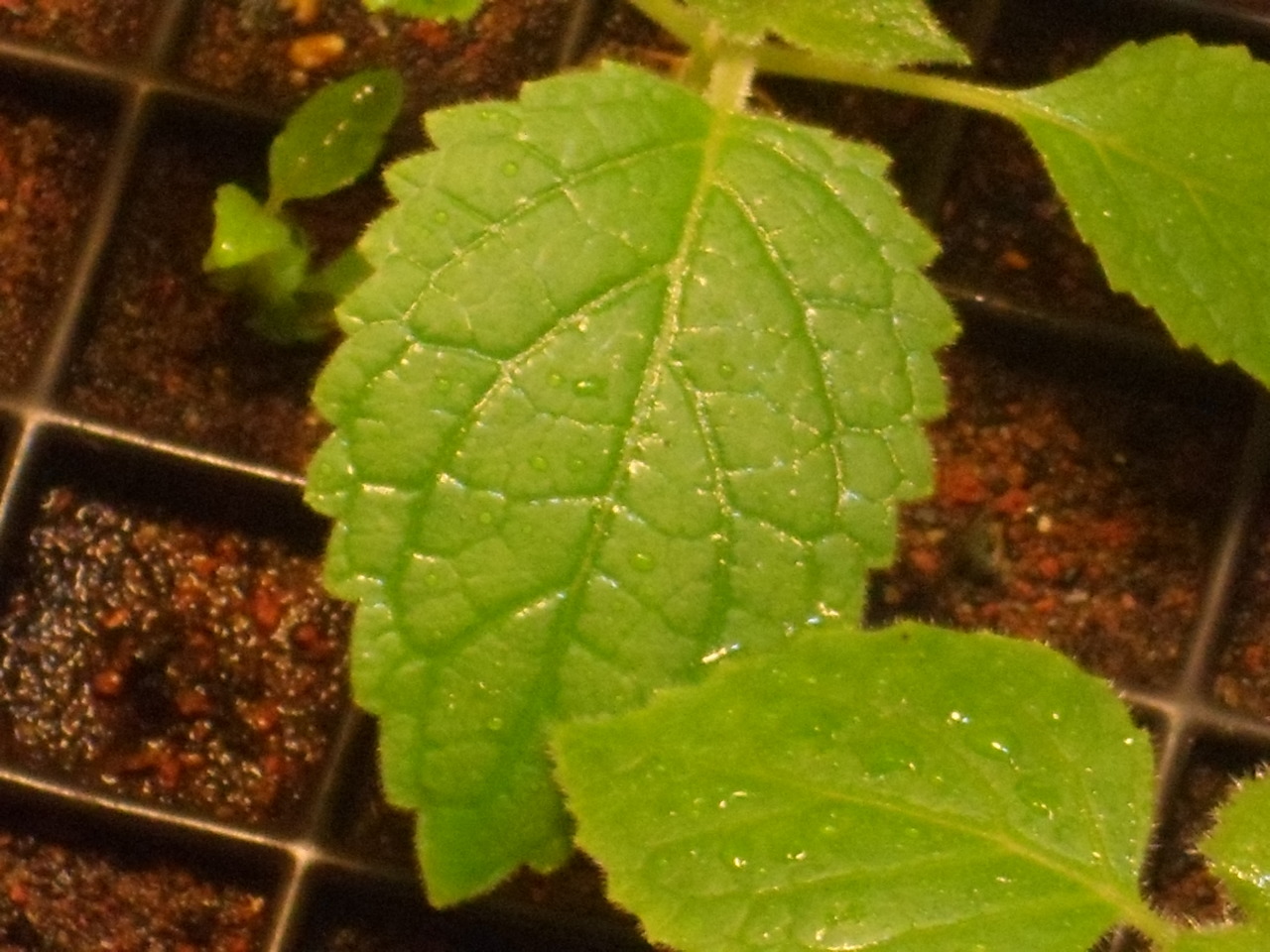 |
| paulownia leaves |
Some alternative crops that are gaining importance around the world:
- Moringa Oleifera
- Jiaogulan
- Sea Buckthorn
- Paulownia
- Chickweed
- Artemisia
- Purslane
 |
| wild purslane |
Moringa Oleifera can be grown by everyone, anywhere in the world. There are people in the coldest depths of Canada, growing Moringa in their sunny windows and enjoying nutritious free food on a regular basis. Growing Moringa in tropical areas is even easier since it isn't killed off by colder winter temperatures in those places.
Municipal Compost
One of the problems with using positive agricultural Compost facilities that use ALAB should be able to advertise the biological activity that is present in their product. Local agricultural operations should receive a premium for using that most excellent product. Farms can get additional payments for contributing biomass to the compost operations, so that their waste is converted to revenue. Those funds come from the sale of the end product, it is a sustainable operation, with very limited costs, aside from transportation from the various local facilities, to the composting operation.Wet food garbage is the most expensive part of dealing with garbage, aside from HazMat. It is also the stinkiest, and the dirtiest part. ALAB changes all that. Stinky, biologically dangerous waste streams are suddenly odor free for the most part and biologically safer for the operators who have to live and work in those environments. Agricultural Lactic Acid Bacteria have been in use for centuries, it's just for the last couple of years they have seen a decline in use since corporate farms took over most of the operating systems.
Effective Micro-organisms
Dr. Teruo Higa has been working with beneficial bacterias and yeasts for over 35 years. His soil bacteria inoculant is often used in 'bokashi' composting. It is also possible to cultivate your own lactic bacteria, simply by making a culture of your atmosphere, or by culturing bacteria present in yogurt, keifer, casei or other cultured lactic products. Lifeway makes a particularly awesome kefir product by growing 12 different lactic bacteria separately and ensuring an even balance of the different species in every bottle. |
| lactic acid culture |
His culture uses environmental lactic bacteria common in healthy agricultural environments, such as Lactobacillus Casei. Methods have been developed, using these biological products, to reduce agricultural odors and to improve speed of decomposition. There are so many listed benefits and systems capable of using his innoculant, that it sounds like some kind of magic trick. How is all that possible with bacteria strains that are thousands of years old? Why didn't anyone think of this before? Why isn't everyone using this technology?
Looking Forward
There are many ways to absorb atmospheric CO2 from the atmosphere. It may be possible to mix a few chemicals together and chemically pull CO2 out of the air, but it is likely to be an energy expensive process, consuming all kinds of chemical energy, rather then producing beneficial side-products. Algae is another likely candidate for technology of the future, since it is capable of producing useful bio-mass more rapidly then any other known technology.I believe in trees. I grow trees. Trees are good. Moringa and Paulownia are my two absolute favorite. They are both very awesome. There are many different plants that are capable of cohabiting with either of them, although moringa prefers a dense population of moringa only for maximum growth density.
One day, it may be possible to implement some kind of engineered rainforest to sustainably draw CO2 out of the atmosphere in sync with the natural cycles of the planet, in a similar way that the Amazon jungles have been doing naturally for centuries. It may be possible to repair the damaged soils under the rainforests of Brazil with just a little ingenuity and work. There's a lot of work that needs to get done.
References:
- Nasa - Climate Change Consensus
- California Energy Commission - EnergyQuest, The energy story
- University of California, Museum of Paleontology - The Carboniferous Period
- Dept. of Energy, Office of Environmental Science - Fungus at the end of the Carboniferous Period
- Paleontology Online - Coal Swamps
- US Energy Information Administration - Carbon released by various fossil fuels
- burn - an energy journal
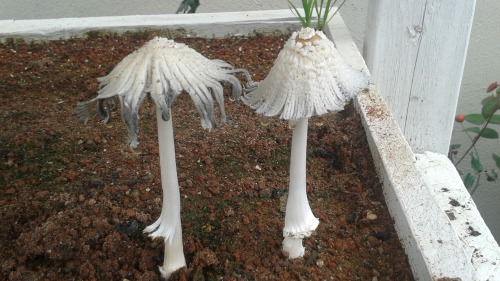





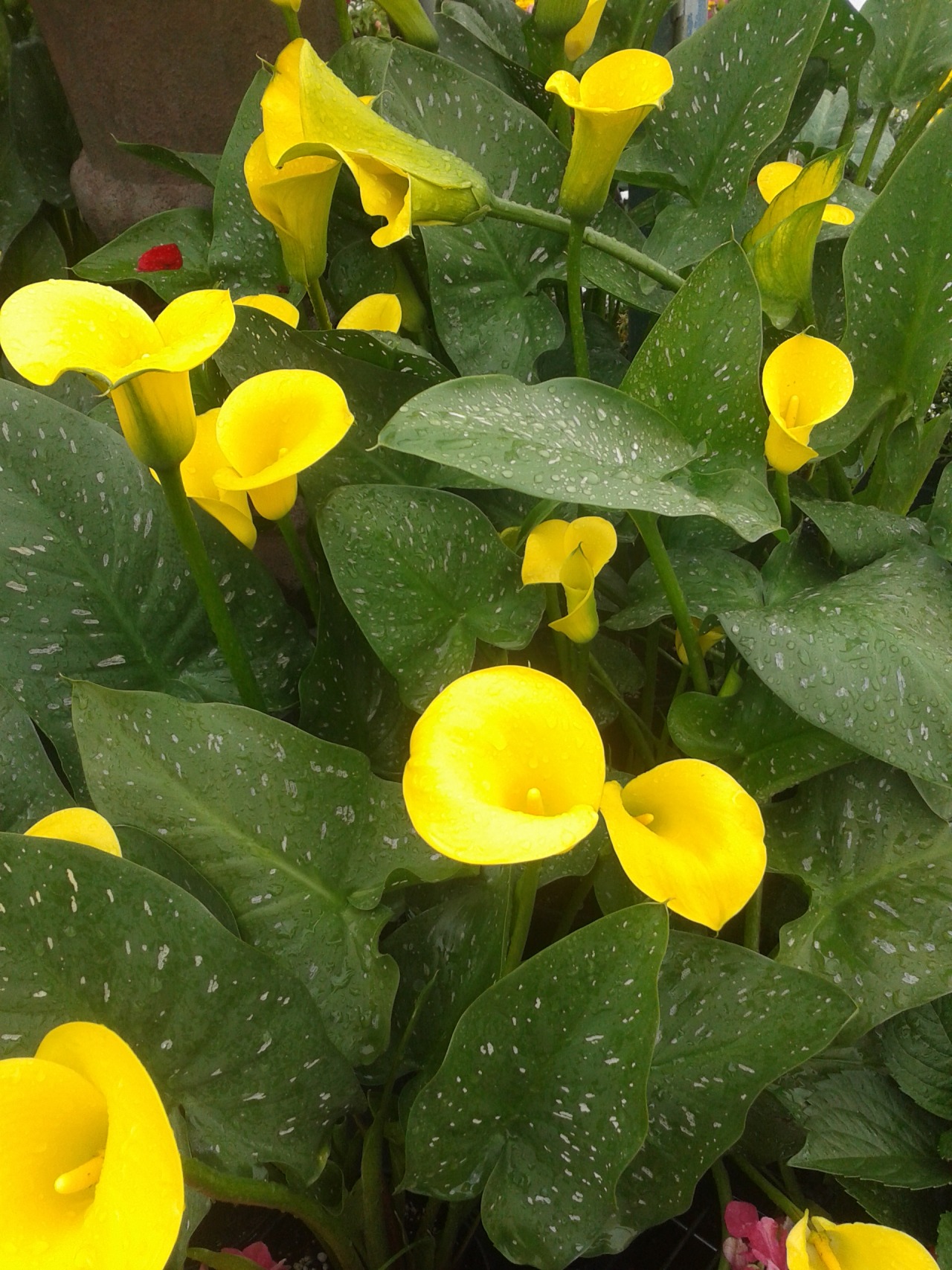


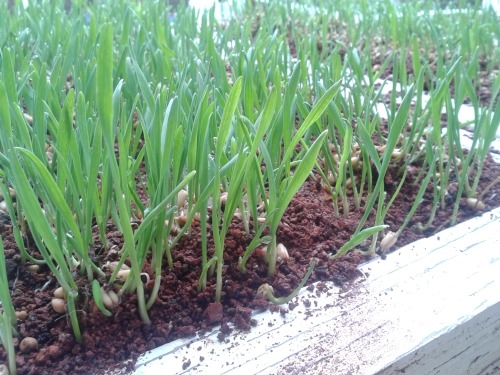

No comments:
Post a Comment